As a culture, we tend to believe there's an ideal way to eat to stay healthy, one food plan that's best for everyone, and one path to be thin and attractive. We search for it daily in magazines, new books, and advice from the latest celebrities, and spend billions of consumer dollars, but we still haven't found that perfect, single answer.
The jig is up. There is no one specific eating plan or program that will work for everyone. There's no diet or exercise program that will save us all. We all look, feel and live differently, so what makes us think that we can get healthy using the same template?
The only way to truly get there is by knowing yourself, paying attention to the signs from your body and making changes that makes sense for you.
What Are Your Goals?
How do you find foods you love, but that also make you feel good? You start by looking at your goals. Do you want to lose weight? Do you have intense cravings? Are you feeling sick every time you eat? Are you worried about inflammation or food sensitivities? If you start with a clear direction in mind, you'll be much more likely to find what you're looking for.
I've worked with women who are all over the map -- some with digestive issues, some with poor body image, some with extreme fatigue, and more. What do all of these women have in common? Food issues. And many of these issues were rooted in what they were eating and how they felt about it.
Think about the last time you truly felt great. If it was 20 years ago, that's fine. Just try to remember what that felt like and what you were you doing then that you aren't doing now. It might be unrealistic to go back to doing what you did 20 years ago, but this exercise might offer clues to help you figure out your goals and how to get there.
Tips to Help You Reach Your Goals
Right now, starting today, I'm giving you your freedom back. It's your decision and your responsibility to find the eating approach that works best for you. Throw away your magazines and start fresh by making your approach to food all about you. Here are some tips to get you started:
Look at your skin, hair, nails. Our outer appearance can tell us a lot about what's going on inside. When your skin and hair are dry and your nails brittle, it can be a sign that you aren't getting the nutrients you need. This may be because you aren't fitting these nutrients into your diet or because your body isn't digesting them properly.
How do you feel after eating? Pay attention to how you feel right after you eat a meal. Do you feel sick, stuffed, or tired? Are you satisfied? Still hungry? You can gain a lot of information in the hour after you've eaten a meal. Keep a food journal and look for patterns. If you find that certain foods are making you feel badly, avoid them.
How do your clothes fit? Even when people aren't worried about their weight, they tend to lose weight when they begin to eat in a way that complements their bodies. I have a friend who simply cut sugar from his diet to get more energy, and he ended up losing four inches around his waist. Often when we are eating sugar daily (even just a little) or eating another type of food that we are sensitive to, our bodies can hold onto extra weight. And once we remove that food, the weight falls off without doing anything else.
Reassess snacking. I generally recommend three meals and two snacks a day (each with some form of protein) because I'm often helping women who have hormonal or adrenal imbalances. Frequent small snacks and meals help to keep the body supported during periods of imbalance. However, for women with digestive issues or different kinds of metabolisms, snacking may not be necessary or helpful. Assess your health situation and base your snacking decision around how you feel.
Find your favorite three. Once you begin to find foods that work for your body, pick three breakfasts, three lunches, and three dinners you love and use those to fall back on when you're overwhelmed or feel like you're getting off track.
Check in regularly. Mark Hyman just wrote a great article on reaching goals, and he refers to symptoms like anxiety, sleep problems, sugar cravings, irritability, and fatigue as his "friends." These signals are indeed your friends because they remind you very clearly that something is wrong in your body. Check in with how you feel each day. Are you tired? Irritable? Craving sugar? Or do you feel energetic, even-keeled and satisfied? Can you connect the way you feel with any of your food choices?
I've seen some women take gluten and sugar out of their diets and see incredible results. Some women just add protein to each meal and snack and find a renewed energy they thought they'd lost in their 20s. Some feel better on a Mediterranean diet, while others enjoy a vegetarian or a low-fat diet. The point is that you are the only one who can tell which way to eat is best. Once you find foods you love (and the ones that love you back), you'll be amazed at how good you can feel!
For more by Marcelle Pick, OB-GYN, NP, click here.
For more on diet and nutrition, click here.